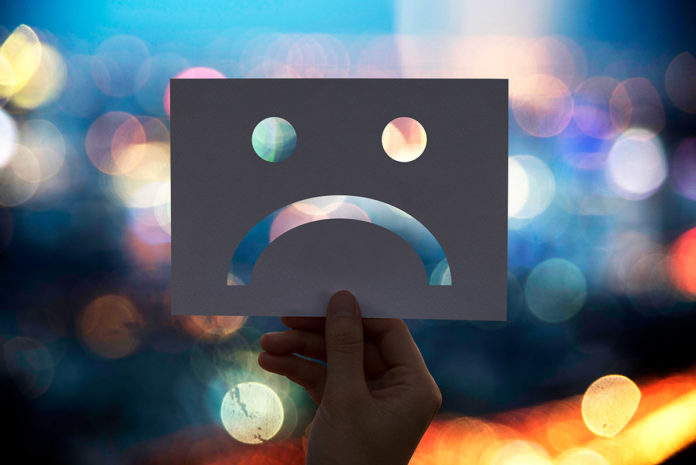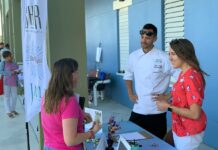I am a doctor. I also have a master’s degree in public health. I am not bragging; it was a requirement for me to become board-certified, so I had to do it. What it did was give me just enough knowledge to be dangerous when interpreting numbers, which is why I brought it up.
Today’s article is about numbers. After a couple of traffic fatalities this fall, I thought I would do an article on traffic injuries and deaths, and the numbers are astounding. This is not that article.
I queried the Monroe County Medical Examiner’s office, and the Operations Director, Tiffany Fridley, was kind enough to send me the last three years’ data on causes of death. So I began to look through it. 2018 to 2020 were fairly stable. 2018 had the most deaths at 165, 2019 had 154 and 2020 was lowest at 151. Natural deaths (heart disease, cancer and COVID) were the main causes at 66, 66 and 74, years 2018, ’19 and ’20 respectively. Accidental deaths were also fairly stable (these include traffic deaths as well as other types), 61, 62 and 47 respectively. There were other categories that I didn’t include here.
And then I noticed a category listed by itself. Suicide. 34, 23 and 24. So I dug a little deeper. Suicide is the 10th leading cause of death nationwide. In 2019 (latest available) suicide accounted for 1.7% of the 2.8 million-plus deaths in the USA.
So I made an equation in the county spreadsheet, suicide/total deaths, pretty simple, and hit return. Suicides accounted for 17% of all Monroe County deaths between 2018 and 2020. That’s not a typo, that is a 1 followed by a 7, there is no decimal point in the middle. We have 10 times the expected rate of suicide when compared to the national rate. And that’s where the numbers stopped. They don’t give me reasons, what the people were thinking, their histories, health conditions, pain, and mental anguish – whatever led them down this path.
I looked up Suicide Awareness Month, and it’s not until September, but why wait? I can predict with some certainty that 2021 numbers are likely similar, so maybe we can make an impact on 2022. Look online for the National Alliance on Mental Illness (nami.org) and Suicide Awareness Month; there is a short one-page article that provides a lot of information and resources: Warning signs and risk factors, how to be prepared for a crisis, awareness, facts, etc.
It also provides a few more numbers. Some are the statistics, but more importantly, there is the number for the National Suicide Hotline – 1-800-273-TALK (8255) – as well as the NAMI text line at 741-741. Maybe these aren’t the numbers I started off with, but they might be the most important ones I found. Save them on your phone and share them with your friends and family. You might have an impact on someone.
Have a great week, and be healthier today than you were yesterday!
Sources used came from NAMI, CDC and Monroe County Health Department websites, Thanks to the Monroe County Medical Examiner’s Office.



























